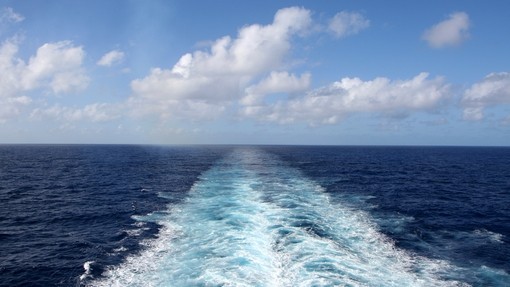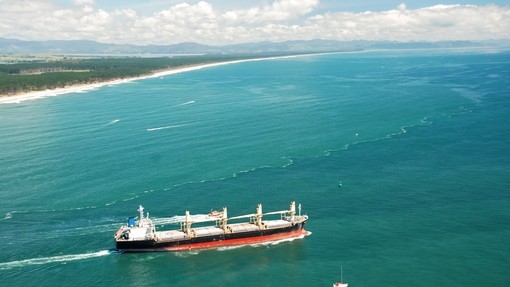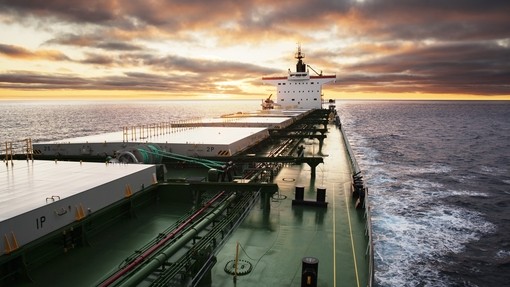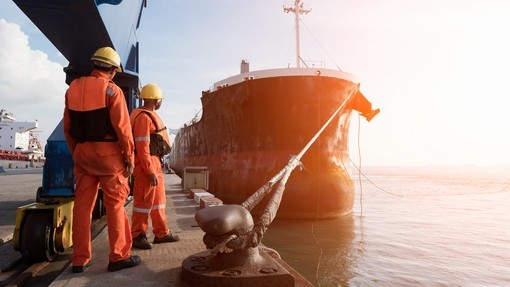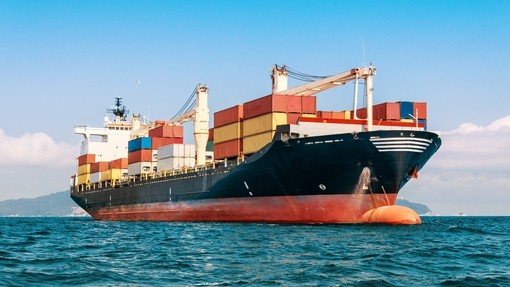The “ATLANTIK CONFIDENCE” [2016] EWHC 2412 (Admlty)

Details
In this case the court applied, for the first time, case law relating to the scuttling of vessels, when dealing with a challenge by cargo insurers to an application made by the owners of the vessel to limit their liability under the 1976 Convention.
A bulk carrier, the “ATLANTIK CONFIDENCE” (the vessel), sank off the coast of Oman during the course of a laden voyage in 2013. The owners of the vessel, Kairos Shipping, applied to the Admiralty Court seeking a limitation decree pursuant to the provisions of the Limitation Convention 1976. The application was opposed by the insurers of the cargo interests, who sought to break the limits and who alleged that the vessel was purposely scuttled.
The judge, Teare J, found that the vessel was deliberately sunk and the owners’ claim for a limitation decree was therefore dismissed.
Factual background
On 30 March 2013 the vessel was in the Gulf of Aden in the course of a laden voyage when a fire broke out in the unmanned engine room. Fire-fighting took place. Her master and crew abandoned her. Over the next four days the vessel continued to take on water until she sank on 3 April 2013.
The cargo was insured by the third defendant (cargo) who had been subrogated to the claim of the owners of the cargo against the owners. The cargo was only one of several claimants and so, if the owners were entitled to limit, the former would only be entitled to its proportionate share of the limitation fund.
Legal issues
Article 4 of the Limitation Convention 1976 stipulated that a shipowner was entitled to limit his liability unless it was proved that the loss resulted from his personal act or omission, committed with the intent to cause such loss, or recklessly and with knowledge that such loss would probably result.
Burden and standard of proof
The judge accepted that in determining whether cargo had proved on the balance of probabilities that the vessel was scuttled in a limitation action, the court should follow the same approach as it did when determining whether a hull underwriter had proved on the balance of probabilities that a vessel had been scuttled, even though the two situations were not identical.
Applying The “MILASAN” [2000] 2 Lloyd’s Reports 458, the judge inter alia confirmed that the standard of proof in such cases would fall not far short of the rigorous criminal standard. By the very nature of these cases, it was usually not possible for insurers to obtain any direct evidence that a vessel was wilfully cast away, so that the court was entitled to consider all the relevant indirect or circumstantial evidence in reaching a decision. Ultimately the issue for the court was whether the facts proved against the owners were sufficiently unambiguous to conclude that they were complicit in the casting away of the vessel.
Evidence
The vessel sank in deep water. The wreck had not been inspected with a view to determining the cause of the fire/sinking. The available evidence was limited and consisted of surveys of the vessel prior to the final voyage, the observations of members of the crew and photographs taken after the vessel had been abandoned and before she had sunk.
Having considered the individual elements of the case, it was necessary for the judge to stand back and have regard to the totality of the evidence.
Whilst the improbable could happen, it was difficult to accept that three improbable events (an accidental fire, an accidental flooding of the engine room and an accidental flooding of two ballast tanks) might have occurred in rapid succession to each other.
In addition, those three improbable events were preceded by a change of route into deep water under the instructions of the owners which the master sought initially to hide. There was also, consistently with a deliberate loss, an unscheduled abandon ship drill the day after the change of route had been directed which in the context of the evidence as a whole, and in circumstances where there had been a scheduled drill recently, it was more likely than not that the master was ensuring that the crew was well prepared for an abandon ship order.
There were several events which, individually, might not justify a finding of a deliberate loss but, when looked at collectively, suggested this was what had happened. These further matters of ‘cumulative suspicion’ included the chief engineer being unwilling on two occasions to have others in the engine room and telling the master on the bridge shortly before the vessel was abandoned that there was a risk of explosion from diesel oil tanks when it was unlikely that he held that opinion. Further, the master delayed in sending a distress message and failed to alert his owners to the casualty’s predicament before he had abandoned the vessel. He also failed to investigate or remove the chart from the bridge. After the vessel had been abandoned the master and chief engineer returned twice to the vessel, possibly to see what could be done to further the sinking. There was also further untruthful evidence provided by the master.
Having considered the totality of the evidence in this case and the opposing arguments, the judge concluded that the chief engineer, with the knowledge and the agreement of the master, deliberately caused the vessel to sink.
The next question was whether they did so at the request of the beneficial owner, Mr Agaoglu. There was no evidence which suggested that the master and chief engineer had a motive to choose to sink the vessel themselves. Moreover, there were matters which suggested the involvement of senior employees in the owners’ office, including the instructions to the master to follow a route which would take the vessel into deep water, two superintendents being sent to the casualty on board a vessel in the same management, with the intention to produce a report and photographs, even though neither superintendent provided a report. When they approached the casualty in a small boat they did not take a camera, but only some tools. Further, they did not tell the professional salvors who had been engaged to assist the vessel (and who were yet to arrive) that they were at the casualty and intended to board her, nor did they seek any advice from them.
The involvement of senior personnel in such way strongly suggested the involvement of Mr Agaoglu who had lied about the destination of the insurance proceeds in an attempt to mask the benefit he received from the loss of the vessel and to avoid suspicion falling on him. Those matters were sufficient. But in addition Mr Agaoglu had a motive to arrange the sinking of the vessel, since his companies were in real financial difficulty and it was likely that he was under pressure from his bank. He would alleviate both by his bank recovering the insurance proceeds of US$22 million.
There was not a real or substantial, as opposed to a remote or fanciful, possibility that the sinking of the vessel was accidental, which cargo had been unable to exclude. Applying a series of scuttling cases, the judge concluded that this was a case where, as stated in The “IKARIAN REEFER” [1995] 1 Lloyd’s Rep. 455, ‘the balance tilted heavily and sufficiently far in favour of’ a finding that the loss was deliberate. The judge asked himself whether, as in The “GRECIA EXPRESS” [2002] 2 Lloyd’s Rep. 88, it was ‘highly improbable’ that the vessel had been lost accidentally such that he had ‘a high level of confidence’ that the vessel had been deliberately sunk and that the allegation made against Mr Agaoglu was true. It was and he did. Applying The “MILASAN”, the judge found that the facts proved against Mr Agaoglu were ‘sufficiently unambiguous’ to establish that he was complicit in the casting away of his vessel. Finally, the judge had asked himself, as The “POPI M” [1985] 2 Ll. L. Rep. 1 required the court to do, whether this was a case where the court was left in doubt as to the cause of the loss of the vessel with the result that the court was unable to make a finding as to the cause of the loss - he was not in doubt as to the cause of the loss.
Comment
Even though this is another case where the court applied the long-standing case law relating to scuttling cases which requires a high burden of proof (falling not far short of the rigorous criminal standard) to make good any allegation of scuttling, of particular interest is the fact that owners sought a declaration that their liability for losses arising out of the casualty was limited pursuant to the Limitation Convention 1976, which application was opposed by the cargo. The judge confirmed that the court should follow the same approach as it does when determining whether a hull underwriter has proved on the balance of probabilities that a vessel had been scuttled, even though the two situations are not identical.
This article original appeared in the December 2016 edition of shipping case digest. Other articles include:
ING Bank N.V. -v- M/V “TEMARA” et al
Volcafe & others -v- CSAV [2016] EWCA Civ 1103
Regulus Ship Services PTE Ltd -v- Lundin Services BV [2016] EWHC 2674 (Comm)

